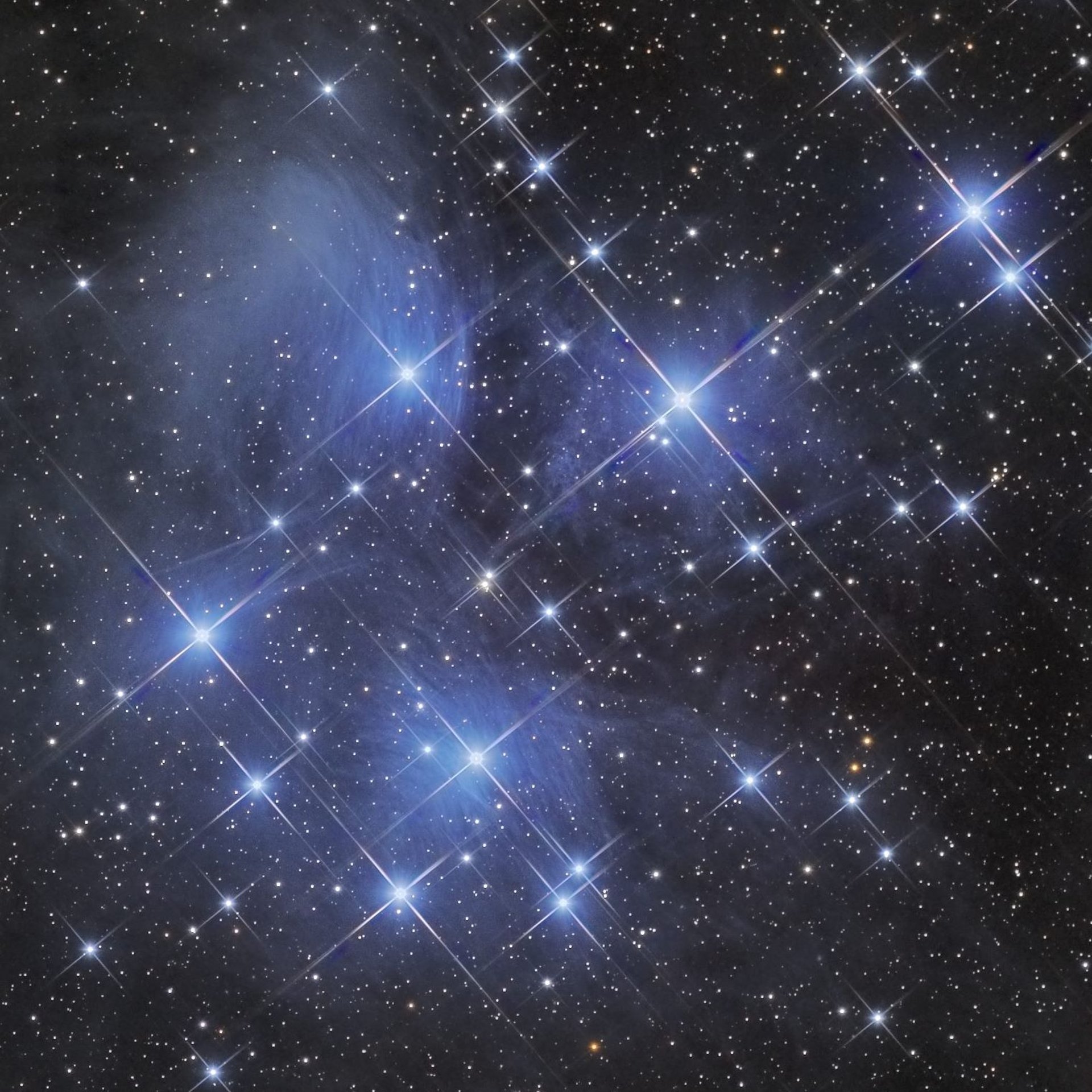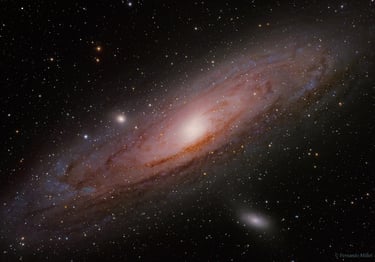Stargazing in the South of France
In this region, our dark skies are level 3 on the Bortle scale, which is a nine-level scale measuring the night sky's brightness; one is perfect, nine is the centre of Paris. September and October provide excellent night skies for observing and image-making (weather permitting); the nights are still mild, and darkness falls at a reasonable time. There is no need for complex or expensive equipment. On a clear night with no moon, just turn off the lights, let your eyes acclimatise to the dark and simply raise your head. Perhaps lie down in a field or a comfortable space and take a good blanket to keep you warm throughout the night. Give your eyes ten to fifteen minutes to get used to the darkness, then the naked eye can see the Milky Way, a large band of bright stars more pronounced than the rest of the sky. To help identify the constellations, you can use a sky map or star finder; these are easily found on the internet, You can also convert your smartphone into a constellation finder with free apps, for the most part, such as SkyView, Nuit des Étoiles or SkyGuide.
The Heart Nebula
If you are interested, you can visit some of the higher communes which are specifically labelled as 'starred villages - villages etoiles'. This designation is a recognition of the quality of the observations and the efforts of the municipalities to protect the night from light pollution (by reducing public lighting, signs, etc.) These municipalities are a good starting point. No nation claims to have done more to protect the night-time sky than France. During the pandemic, we saw a rise in Dark Sky Reserves opening all across Europe and there are no less than 3 International Dark Sky Reserves in the South of France: Alpes Azur Mercantour; Cevennes National Park; and Pic du Midi. These Reserves are public or private land of substantial size (at least 270 square miles) possessing an exceptional or distinguished quality of starry nights and nocturnal environment specifically protected for its scientific, natural, and educational interest.
One place on the agenda to visit soon is the Pic du Midi observatory, which houses Europe’s highest planetarium. It is visited by around 1.5 million people annually and is accessible to everyone all the year round. Visitors can take the scenic cable car ride to the 9,438-foot summit, then standing on the large terrace, you can enjoy a 360 degree view of the Pyrenees, the plains of the south-west and the foothills of the Massif Central - over 200 miles of mountains. You can imagine that on a clear night, the view of the stars must be breath-taking.
I recently stayed with a keen amateur astronomer on the Medoc Peninsula, who has built an observatory in his back garden, complete with a sliding roof and an array of fixed and mobile telescopes. The beautiful photographs shown below were taken by him. But you don't need lots of expensive equipment to start, you just need to get outdoors on a starry night and let yourself absorb the wonders of the firmament. If you are contemplating a visit to this region, do make the most of our beautiful stargazing hotspots: the region’s observatories and the clear, unpolluted night sky.
Andromeda Constellation
Orion Nebula
Orion Nebula
Pictures with the kind permission of Fernando Millet







